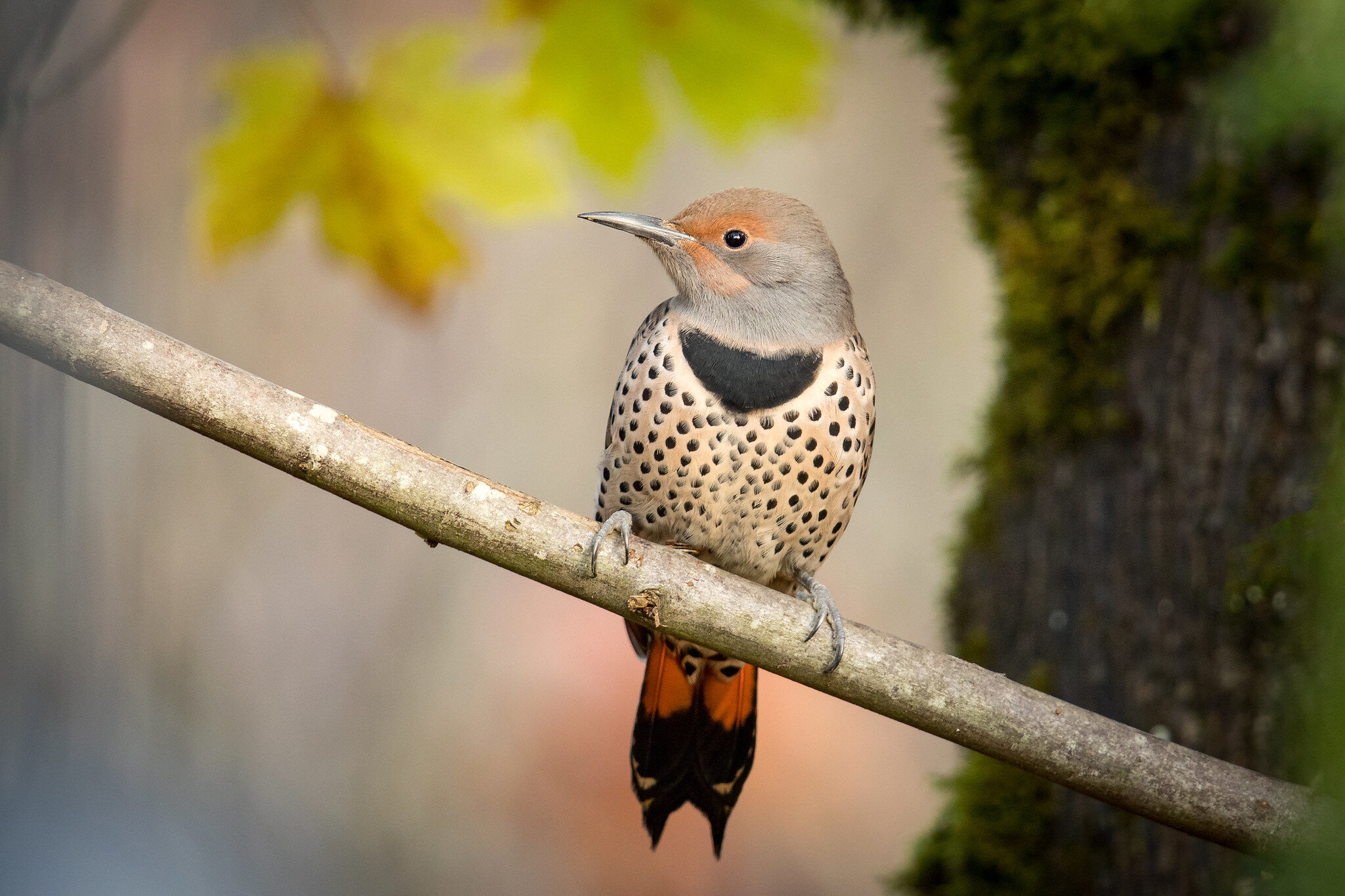I had my sights set on the orange wings of the monarchs—preferably ones resting in the foliage and unsuspecting of my net. From a distance I saw something brick orange, nestled in the foliage of a maple tree. It was certainly unsuspecting of my net, but it was most certainly not a monarch!
Photo by Emma Raasch








